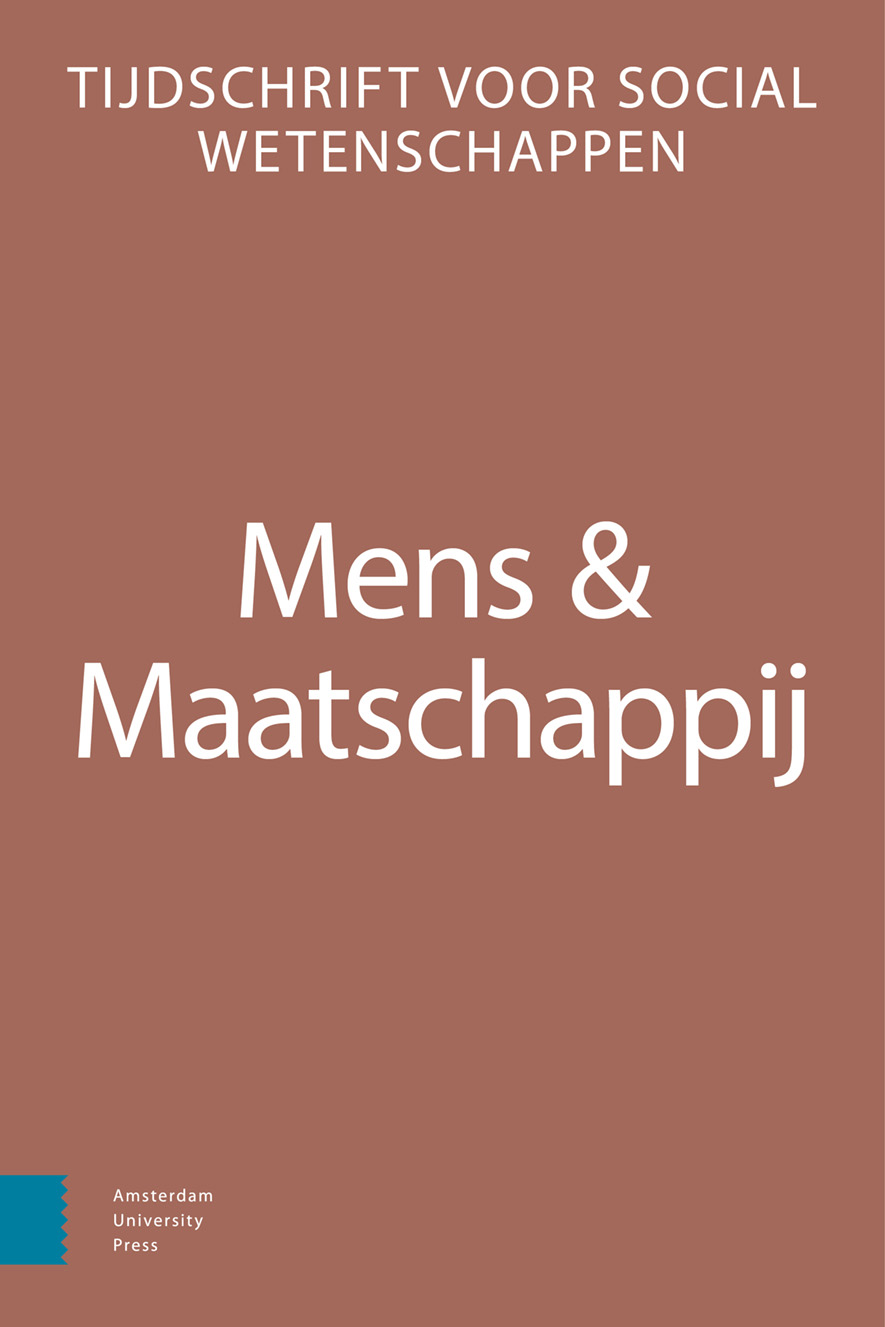-
oa Genderrolhoudingen en modernisering: terug naar de essentie?
De invloed van modernisering, zelfexpressiewaarden en opleidingsniveau op genderrolhoudingen in Europa
- Amsterdam University Press
- Source: Mens & Maatschappij, Volume 96, Issue 4, Dec 2021, p. 469 - 497
-
- 01 Dec 2021
Abstract
Gender role attitudes and modernisation: back to the essence? The influence of modernisation, self-expressive values, and educational level on gender role attitudes in Europe
Despite several societal developments, such as educational expansion, the second wave of feminism, and modernisation, the trend towards more egalitarian gender role attitudes has stagnated. This study complements previous studies that explain this phenomenon by a growing focus on self-expressiveness and gender essentialism, which contradicts the initial expectations of modernisation theory. The aim of this contribution is to explore the role of modernisation at the country level in Europe, in the relation between educational level, self-expressive values, and gender role attitudes at the individual level. A multilevel model shows that more self-expressiveness and a higher educational level lead to more egalitarian attitudes. At the contextual level, self-expressiveness strengthens this relation. The results are in line with expectations from modernisation theory, rather than expectations from the egalitarian-essentialism hypothesis. The study closes with a discussion on the measurement of gender role attitudes, suggesting a multidimensional alternative. In addition, it is suggested that gender essentialism might influence behaviour, rather than attitudes. This provides implications for further research in uncovering the structural and cultural processes behind persisting gender inequality.


